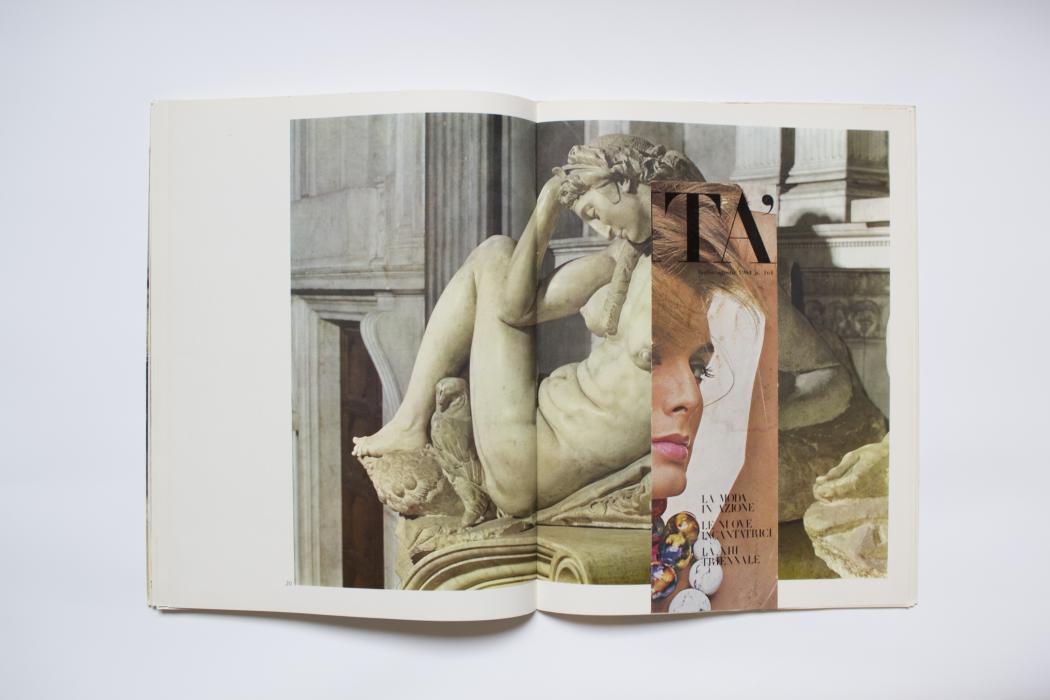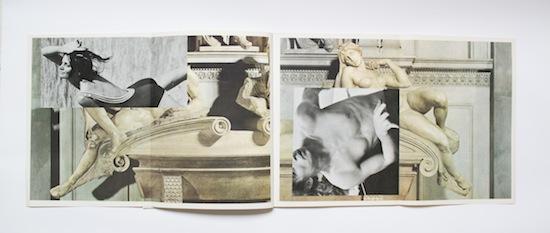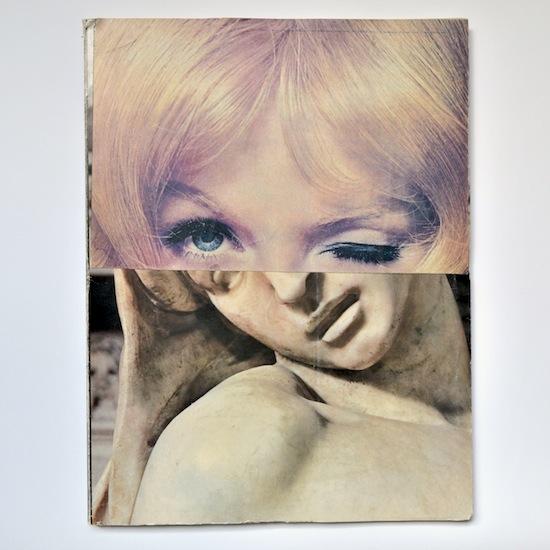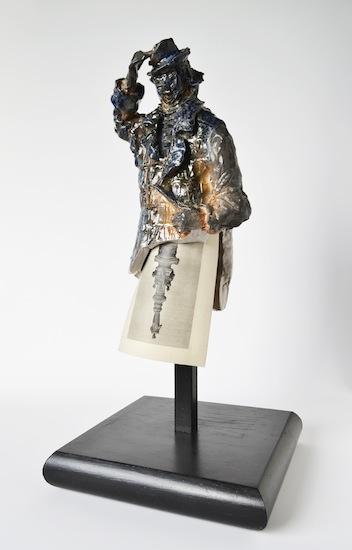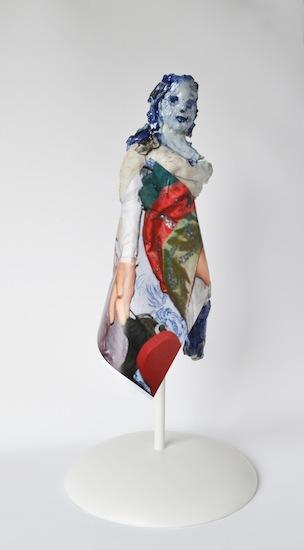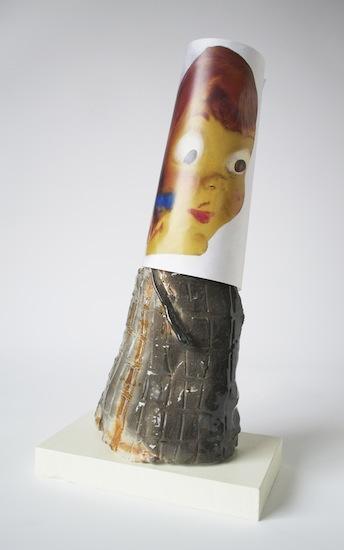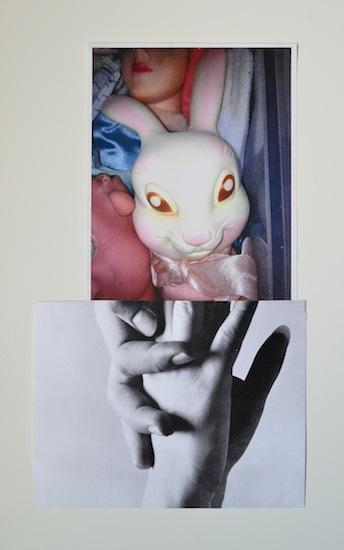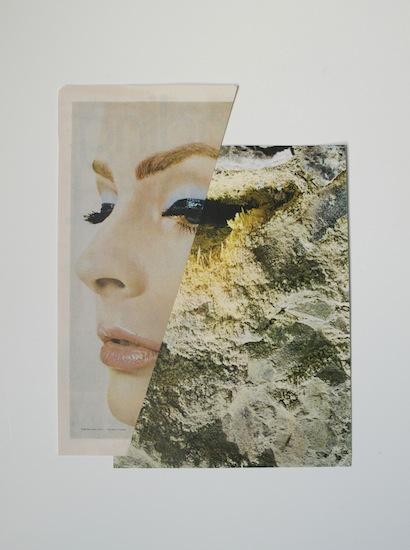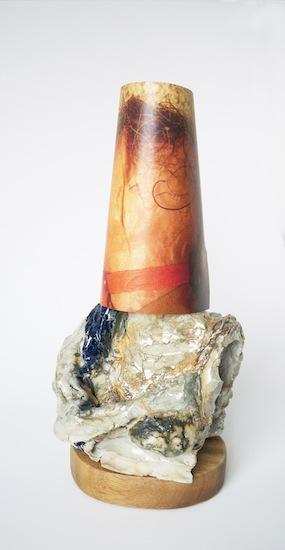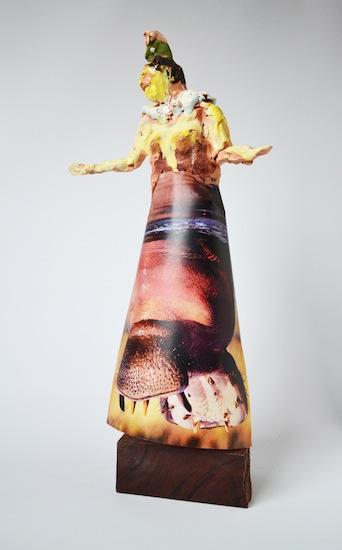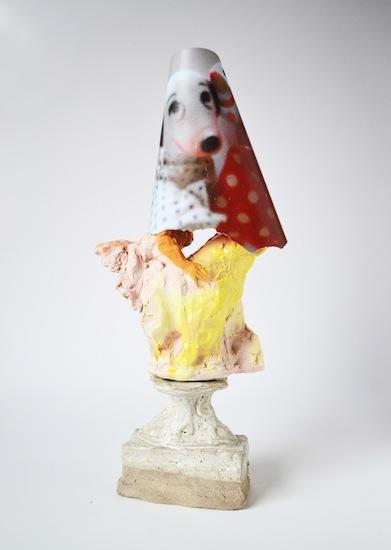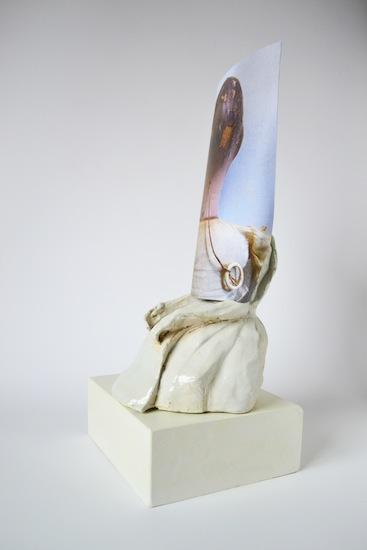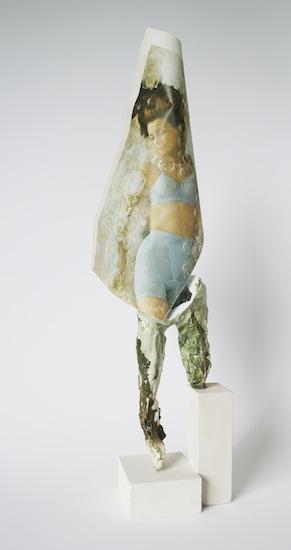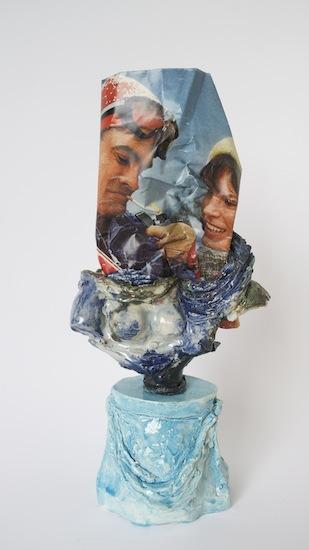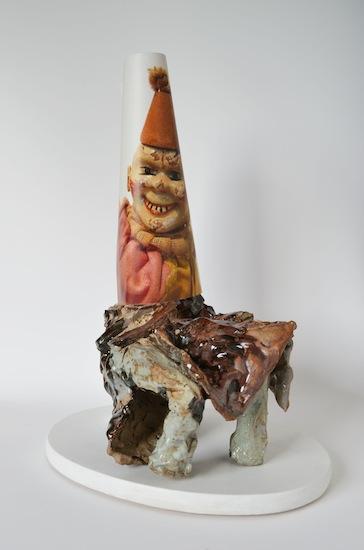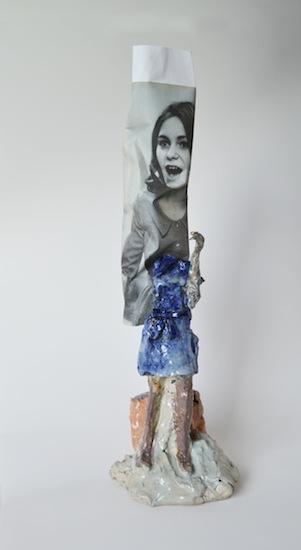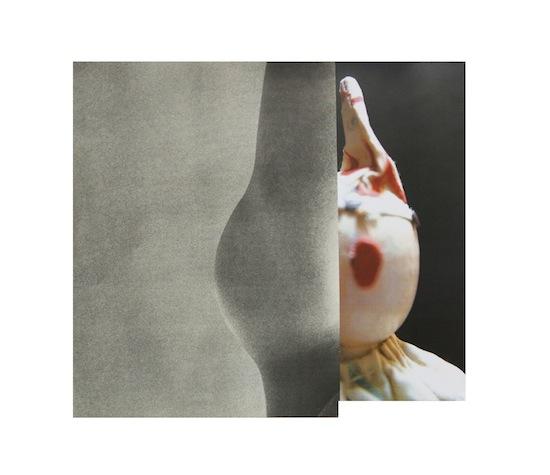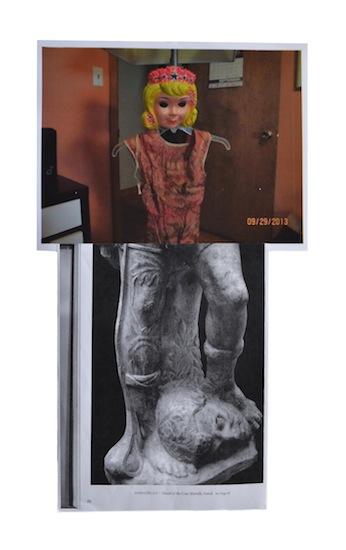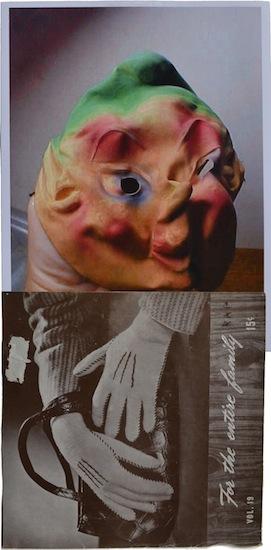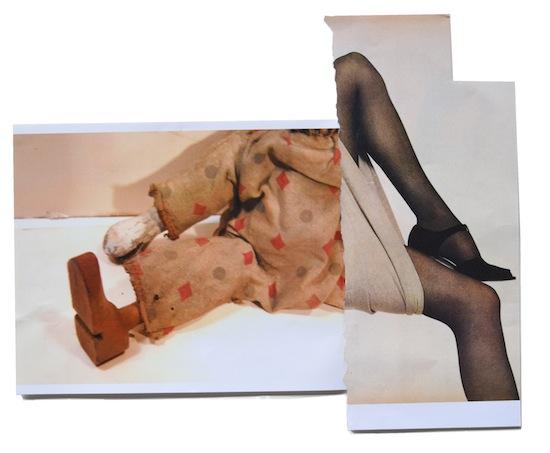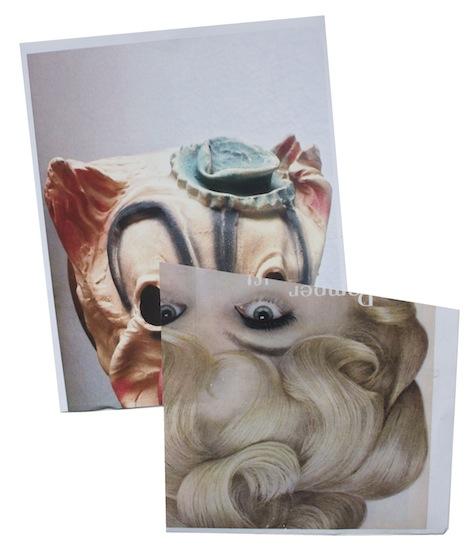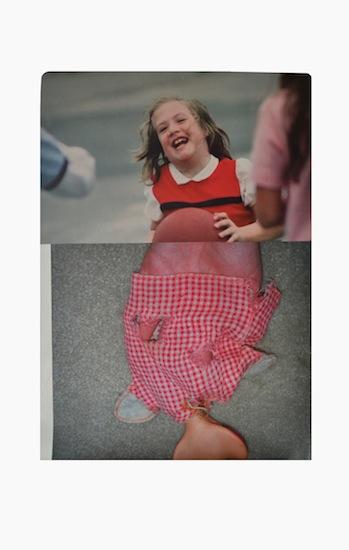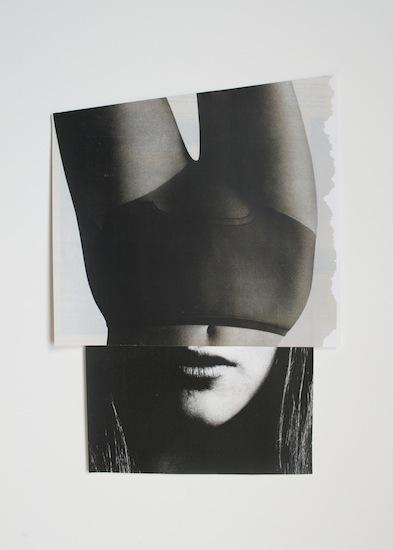Throughout my artistic career I have honed my technical skills and sensitivity to materials, and I am currently exploring the way various materials affect the conceptual intent and impact of each piece. These pieces combine paper with paper and paper with sculpted ceramic components. The source materials for elements include old books, documentary photographs of the circus, party ephemera, figurative sculptures from antiquity, and mass-produced figurines of the industrial era. The materials are altered, manipulated, and combined in a process that becomes an obvious and integral part of the completed piece. The paper introduces an element of fragility, while also referring to art historical uses of “found” objects and materials by artists associated with Dada and Surrealism. I was equally interested in using paper sculpturally, in a naïve and childlike way that complements and contrasts with the ceramic elements. At the heart of these works is the potential of each material to evoke a different emotional response, on a full spectrum of tensions and resonances.
In the Spring of 2014 I learned of the theory of carnivalization. I was delighted to find how well it fit with my current body of work. The theory was developed by the Russian linguist Mikhail Bakhtin in his works Problems of Dostoevsky's Poetics (1929) and Rabelais and his World (1965). Bakhtin argued that the overturning of hierarchies in popular carnival—its mingling of the sacred with the profane, the sublime with the ridiculous lies behind the most ‘open’ literary genres. Carnivalized literary forms allow alternative voices to dethrone the authority of official culture.
Although Bakhtin was focusing his theory on literary works, I found his thoughts encompassed many of the ideas contained in my artworks; the sculptures, collages and books included in my exhibition Battle embody these theories of carnivalization. They subvert and liberate the assumptions of the dominant style or atmosphere through humor and chaos, containing the relativity of joy that subverts. Each artwork weds and combines the sacred with the profane, the wise with the stupid and the beautiful with the grotesque. The jolly relativity of all things is proclaimed by alternative voices within the carnivalized images and sculptures. They challenge the authoritative voice of the hegemony through their mingling of high culture with the profane.
